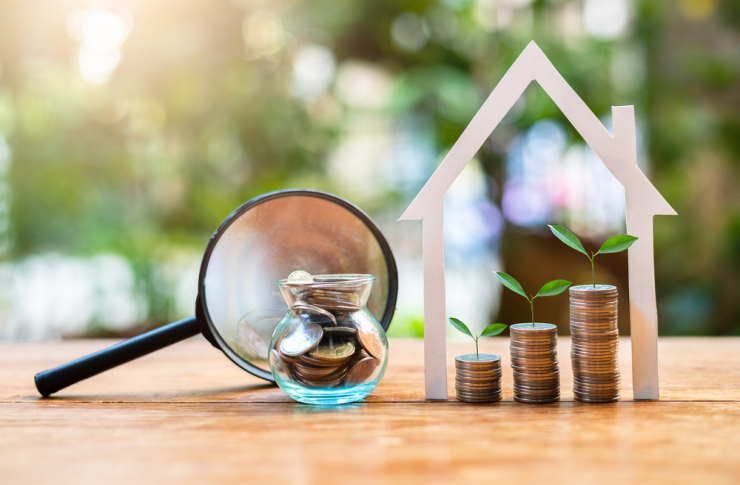Flipping the Script: A Deep Dive into the Real Estate Flipping Market
The real estate market is a vast and complex arena, where fortunes can be made and lost in the blink of an eye. One area of particular interest is the practice of 'flipping' properties. This strategy involves purchasing a property at a low cost, making improvements, and selling it for a profit. This article will delve into the history and current landscape of this dynamic aspect of real estate.

The Birth and Evolution of Flipping
The concept of flipping properties is not new. It dates back to the mid-20th century when savvy investors capitalized on post-war housing shortages. However, the game has changed dramatically over the years. The 2008 housing crisis, for instance, influenced various changes in regulations and market conditions. Now, investors must navigate stricter lending rules, changing neighborhood demographics, and increasingly competitive markets.
The Current State of the Flipping Market
Today, the flipping market is a mixed bag. On one hand, rising property values and a strong housing market offer potential for significant profits. However, increased competition and higher costs for materials and labor can eat into profits. According to a recent report, the average gross profit on a flipped home was $62,300 in 2020, indicating a slight decrease from previous years.
The Strategy of Flipping: Pros and Cons
When executed correctly, flipping can be a lucrative real estate strategy. It offers a quick return on investment, compared to rental properties or long-term holds. Additionally, it allows investors to capitalize on their skills in identifying undervalued properties and making cost-effective improvements.
However, flipping is not without its challenges. It requires a substantial upfront investment, not just in purchasing the property but also in renovating it. Additionally, it carries a higher risk compared to other investment strategies. Market fluctuations can drastically affect the profitability of a flip.
The Impact of Flipping on the Real Estate Market
The flipping strategy has a significant impact on the real estate market. It can contribute to gentrification or the revitalization of neighborhoods, depending on your perspective. While some argue that flipping can lead to affordable homes being priced out of reach for local residents, others contend that it helps improve neighborhoods and increase property values.
Flipping in the Modern Real Estate Landscape
In conclusion, flipping remains a viable strategy in the complex world of real estate, despite its challenges. With the right knowledge, skills, and risk tolerance, it can yield significant profits. As with any investment, however, it’s critical to do your research and understand the market before diving in. As the old adage goes, “buy low, sell high,” but in the world of real estate flipping, it’s not quite that simple.
Mastering the art of flipping requires more than just buying low and selling high. It requires an in-depth understanding of the housing market, renovation costs, and the ability to anticipate future trends. Whether you’re a seasoned investor or a newbie looking to break into the market, flipping properties offers a challenging but potentially rewarding venture.




